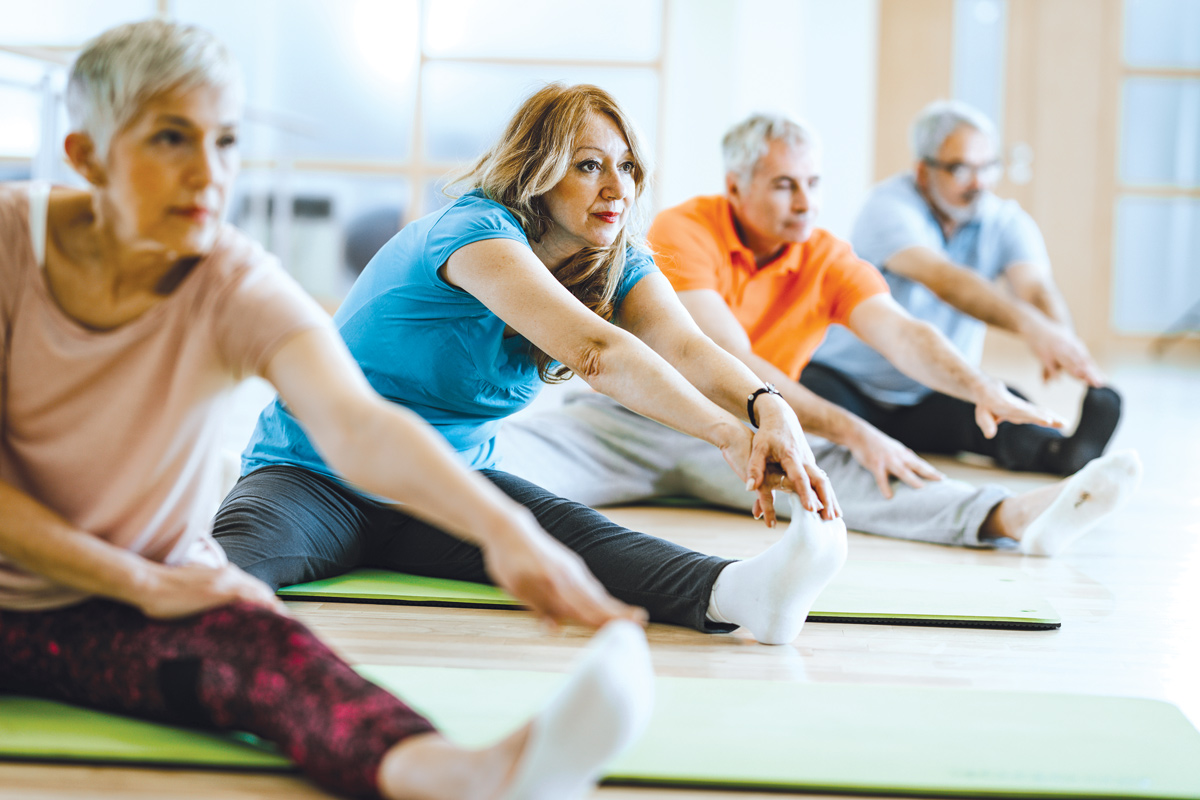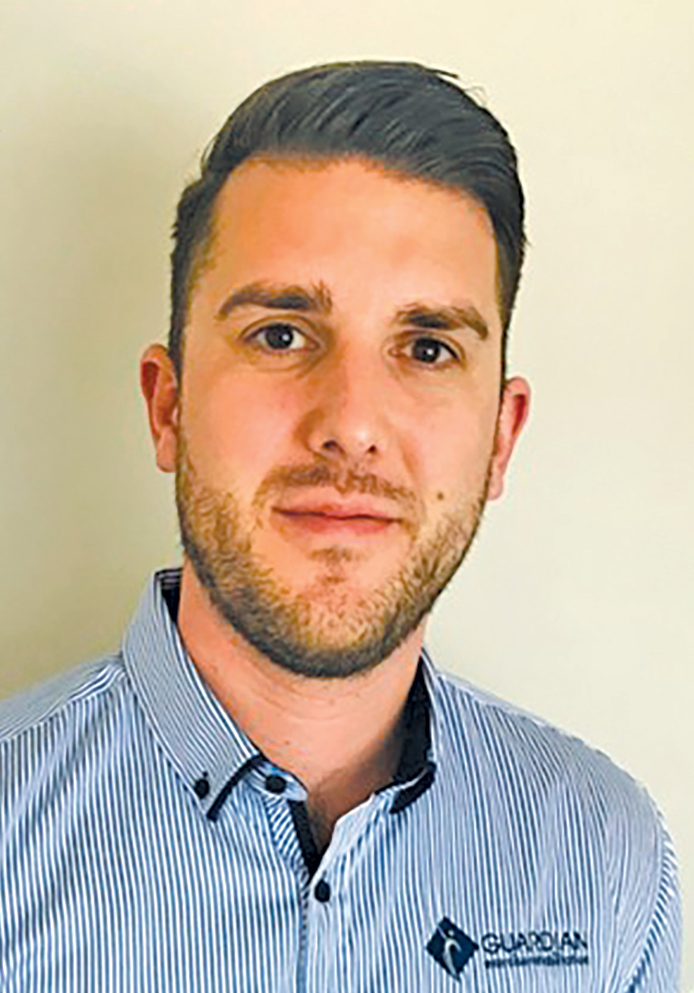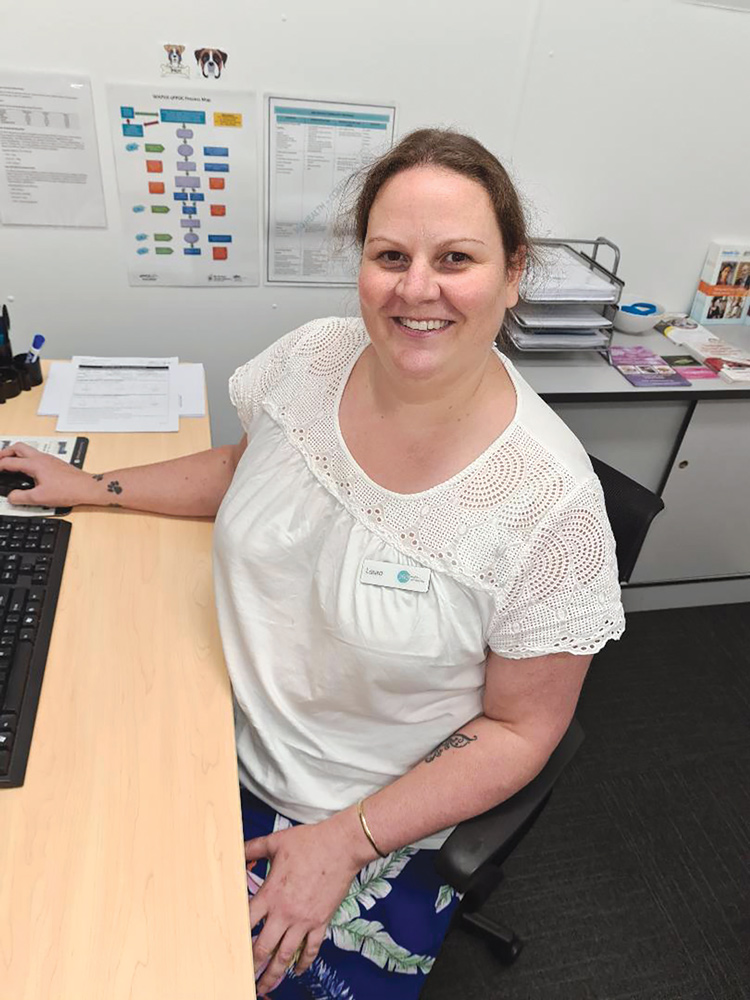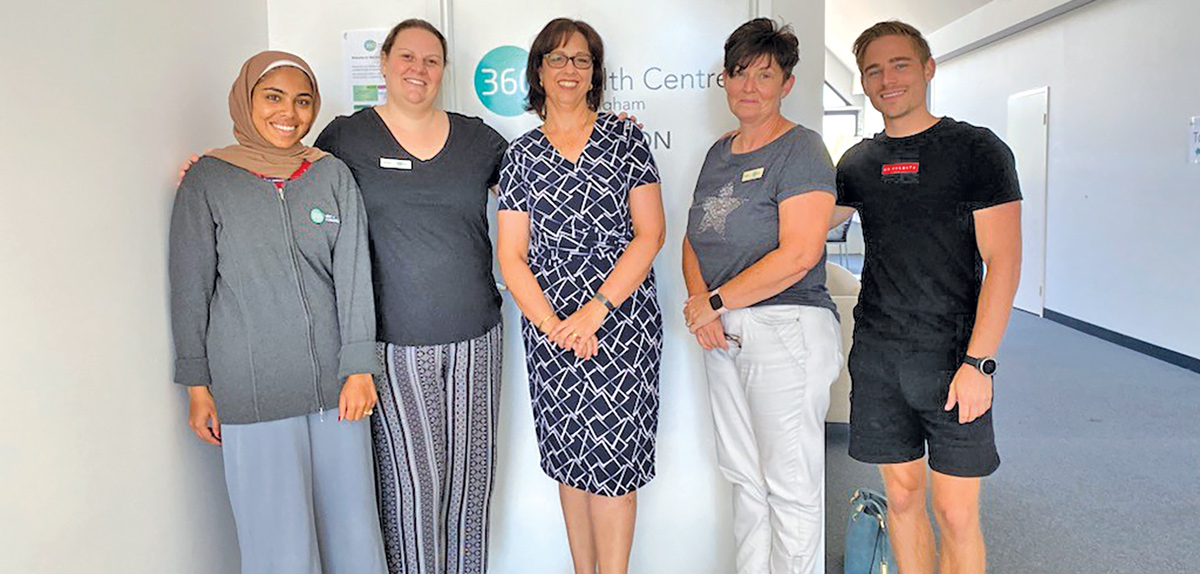
Pain is a complex concept that manifests in different ways. Cathy O’Leary reports on new initiatives to help GPs and other health professionals ease the pain for patients.
American nurse Margo McCaffery’s oft-quoted definition of pain hails back to 1968 but it still has relevance today: “Pain is whatever the experiencing person says it is, existing whenever and wherever the person says it does.”
For clinicians treating patients in pain, particularly chronic or persistent pain, the sentiments from more than half a century ago underline that pain is personal.
It is subjective and difficult to pin down, even on a 1 to 10 pain score. And while acute pain from surgery or an injury tends to have a more distinct timeline, chronic pain is another story.
While we have more pharmacological agents to treat pain, concerns of an ‘analgesic culture’ and drug addiction are tempering the zealous prescribing of powerful painkillers.
‘Do something’ culture
But at the coalface, clinicians face intense pressure from patients to “please do something”, amplified by consumer marketing and health blogs which tell people that pain is bad and needs to be eliminated at all costs.
Now many pain specialists are using the narrative of ‘living with pain’ where patients learn to accept that some pain might be inevitable, even if this can be a hard pill to swallow.
Good evidence is emerging that basic lifestyle measures such as exercise and getting a good night’s sleep can also make a big difference in how people manage their pain. This shift has led to a surge in local programs to retrain thinking.

Perth exercise physiologist Ben Davis is the national clinical lead for Guardian Exercise Rehabilitation which has just released a free and publicly-available pain management guidebook.
It is aimed at helping individuals themselves, but can also be used as a resource by health care professionals, including GPs, to work through chronic pain issues with their patients.
“The aim is self-management of pain, and helping people to understand chronic pain and the mechanisms around it, because there are misconceptions that pain equates to damage to the body and often that’s not the case at all,” Mr Davis said.
Self-management
“It also looks at the real-life contributors to pain, and how people can try to manage them, and things that can help like exercise, a healthy diet, mindfulness and good sleep hygiene – and all the tips and tricks.
“And this approach works best if it’s integrated with a clinician’s input.”
Mr Davis said it was now recognised that the longer pain persists, the less relevant the original tissue damage becomes.
If someone has a disc herniation in the lumbar spine, there is good evidence that over time the herniation may biologically re-absorb or become less relevant.
“But psychological and social factors start to take hold and make the nervous system more sensitised,” he said.
“Because pain is fundamentally a protective alarm that goes off telling us to stop doing something, in people with chronic pain that alarm becomes too good at its job, so it goes off when it shouldn’t. It’s all about trying to calm down that alarm system and bring it back down to a more rational level so it only goes off when it should.”
Mr Davis said one of the biggest misconceptions was that pain equals damage but it was only part of the puzzle.
“Pain is necessary for survival and if you put your hand on a hot grill and didn’t feel pain then you’d burn the flesh off your hand,” he said.
“But in people with persistent or chronic pain, that alarm stays on, it’s like having a fire alarm continuing to go off after the fire has been put out.
“We’re trying to flip the narrative because often people in pain put up barriers and say they can’t do this or that, so we work on what they can do.”
If someone has poor metabolic health, that can potentially have a negative effect on their inflammatory system, which could drive the pain.
Sore but safe
“It might sound like a cheesy slogan, but you can be sore but safe, so you might feel a bit of pain but it’s still safe to move and engage in things you enjoy. It can be a bit of a trade-off,” Mr Davis said.
“If you enjoy playing lawn bowls with your friends and it’s worth it to you, but your knees are a bit sore later, then it’s safe. It’s about the mindset.”
Mr Davis said someone with acute onset low back pain might want to be referred to a surgeon, or they want to be sent for a scan, when that was not necessarily best-practice care.
Some GPs would still send them for a scan because they felt obliged to find the diagnosis.
“The reality is that this person has back pain, and we know 87% of people without low back pain will have a disc issue in a scan,” he said.
“The advice for people that have just had low back pain is reassurance and advice to remain active.
“I’m not anti-scans but it’s important health care professionals provide the right context, so if they do scan, they might say, ‘yes we found something but it’s quite normal’.”
Helping people to cope with ongoing pain is also the focus of the Persistent Pain Program (PPP) which operates across several sites in Perth. It draws on the Turning Pain into Gain program developed by Joyce McSwan.
Public programs
Funded by the WA Primary Health Alliance and the Federal Government’s Primary Health Networks, group sessions enlist the advice of a range of health professionals, including clinical psychologists and dieticians, to change the narrative away from a focus on pharmacological solutions.
Yes, sometimes pain relief has its place, but an over-reliance on pills is unhelpful.

Registered nurse Laura Rance, who coordinates PPP care at 360 Health + Community in Rockingham, said it attracted people aged from 16 to those in their 70s, who were usually referred by their GP or specialist.
Many had conditions such as fibromyalgia, endometriosis, osteoarthritis, rheumatoid arthritis and chronic back pain.
The free six-month program, which is also offered by Black Swan Health in Wanneroo and Midland and by Arche Health in Armadale, covered self-management techniques such as deep breathing, relaxation, staying active and eating well.
“The main chunk of the program is group education sessions, and we cover six topics, the first being the science, or why we get pain and why some of us get pain when there’s technically nothing going on in the body to be causing the pain,” she said.
“The second part is with the consultant pharmacist who talks about the different medication options and the side effects, and new things coming in like medicinal cannabis and PEA (palmitoylethanolamide).”
The third session is about pacing and ways to keep moving, and the fourth part is about foods that can cause inflammation in the body and others that might help to reduce inflammation.
The fifth session is about sleep, because people with chronic pain often have significant sleep issues, while the last topic covers the psychology behind pain and how people can retrain their thoughts and behaviour.
Ms Rance said some chronic pain would never go away, and that could be difficult to accept. And sometimes it was hard to measure pain unless people had a very obvious physical injury.

Finding an answer
“A lot of people are still looking for an answer as to what is causing their pain, so we go through how the body actually processes pain, because many people don’t understand what’s happening,”
she said.
“It’s so subjective, and there can be a lot of influences affecting how people feel pain, so if they’re having a bad day the pain will be worse, and past experiences or the way they’ve been brought up can influence how they feel pain.
“I have fibromyalgia and that’s why I wanted to run this program because I know exactly what the clients coming in here are going through, I can really relate to them.”
Ms Rance said many people came to accept that it was not about getting rid of the pain but rather finding a new normal.
Data collected by the program, which has been running in Rockingham since 2018, showed 58% of clients who were taking opioids at referral had at least halved their use by the end of the program.
Their number of visits to the GP had also reduced because they were better managing their pain, and their mental health had also improved.
“We get a lot of feedback that their pain hasn’t changed a lot but they’re better able to manage it and they feel a lot more comfortable handling and dealing with it,” she said.
“We haven’t fixed them, but they feel more confident managing their pain.”
Key Messages
- All pain is real
- Stay active and exercise
- Start doing meaningful activities – nothing is off limits
- Start gently with feared movements or activities – you will adapt and become stronger
- Maintain social life and engagement
- Scans don’t always tell the full story
- If you feel pain, it doesn’t mean damage
- Pain is an alarm to protect but sometimes it can be too good at its job
- Many factors influence how sensitive the alarm is
- Your body is inherently strong and adaptable
- Don’t panic if you have a setback
Source: Adapted from Guardian Exercise Rehabilitation pain guide
ED: For details on PPP go to:
https://www.360.org.au/services/physical-health-condition-support/pain-management/
For Guardian Exercise Rehabilitation’s free chronic pain management guide go to www.guardianexercise.com.au/painguide

